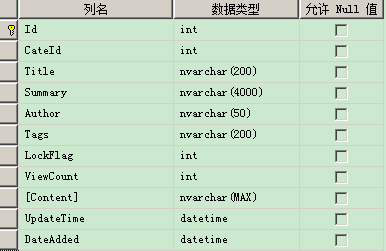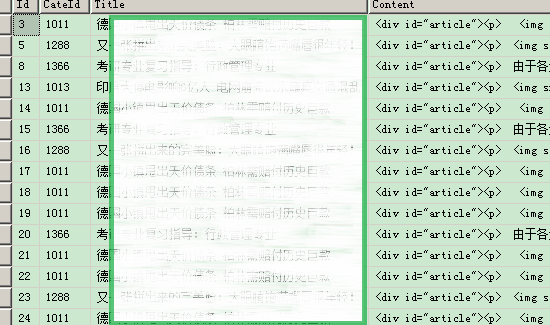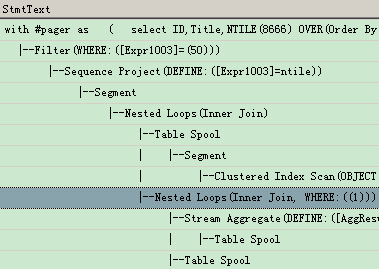MSSqlServer 2012 offset and fetch实现分页方法分析()
NTILE (integer_expression) OVER ( [] < order_by_clause > )
测试中用到的 Sql 语句 :
试中用到的 Sql 语句 :
| 代码如下 | 复制代码 |
| set statistics time on set statistics io on set statistics profile on; with #pager as ( select ID,Title,NTILE(8666) OVER(Order By ID) as pageid from Article_Detail ) select ID,Title from #pager where pageid=50 |
|
set statistics profile on;
按 Ctrl+C 复制代码
其中上述数字中的 8666 是根据 RowCount / Pagesize 计算出来的,不过多介绍,可以自行参考 MSDN的
2. ROW_NUMBER() 的分页方法
在 Sql Server 2000 之后的版本中,ROW_NUMBER() 这种分页方式一直都是很不错的,比起之前的游标分页,性能好了很多,因为 ROW_NUMBER() 并不会引起全表扫表,但是,语法比较复杂,并且,随着页码的增加,性能也越来越差。
语法 :
ROW_NUMBER ( ) OVER ( [ PARTITION BY value_expression , ... [ n ] ] order_by_clause )
测试中用到的 Sql 语句:
| 代码如下 | 复制代码 |
| dbcc freeproccache dbcc dropcleanbuffers set statistics time on set statistics io on set statistics profile on; with #pager as ( select ID,Title,ROW_NUMBER() OVER(Order By ID) as rowid from Article_Detail ) select ID,Title from #pager where rowid between (15 * (50-1)+1) and 15 * 50 set statistics profile off; 3. Offset and Fetch 的分页方法 |
|
语法:
OFFSET { integer_constant | offset_row_count_expression } { ROW | ROWS }
FETCH { FIRST | NEXT } { integer_constant | fetch_row_count_expression } { ROW | ROWS } ONLY
从语法可以看出来 两个方法 后面不但能接 intege 类型的参数,还能接 表达式的,比如 1*2 +3 之类的,同时, Row 或者 Rows 是不区分大小写和单复数的哦
在看测试用的 Sql 语句,真的是简洁的不能再简洁了,看两遍都能记住的语法,分页可以如此的简洁:
| 代码如下 | 复制代码 |
| dbcc freeproccache dbcc dropcleanbuffers set statistics time on set statistics io on set statistics profile on; select ID,Title from Article_Detail order by id OFFSET (15 * (50-1)) ROW FETCH NEXT 15 rows only set statistics profile off; |
|
一句就搞定!
性能比较
1. NTILE() 的执行计划
相关文章
精彩推荐
-
 下载
下载孢子2生物进化中文版(Spores)
模拟经营 孢子2生物进化中文版(Spores)孢子2生物进化中文版让我们来做一回疯狂的博士,打造一个属于自
-
 下载
下载叫我万岁爷九游官方版
模拟经营 叫我万岁爷九游官方版叫我万岁爷带你体验当换地点感觉,全新的模拟手游大作让你开始一
-
 下载
下载梦回凤歌
模拟经营 梦回凤歌梦回凤歌手游中你将步入古代的宫廷纷争之中,本想度过美好幸福的
-
 下载
下载洋果子店rose最新版本
模拟经营 洋果子店rose最新版本洋果子店最新版是一款十分容易让人垂涎的开店经营类手游。游戏玩
-
 下载
下载明日大亨最新版
模拟经营 明日大亨最新版明日大亨手游,一个非常经典有趣的模拟经营类型的商战手游,在游




















